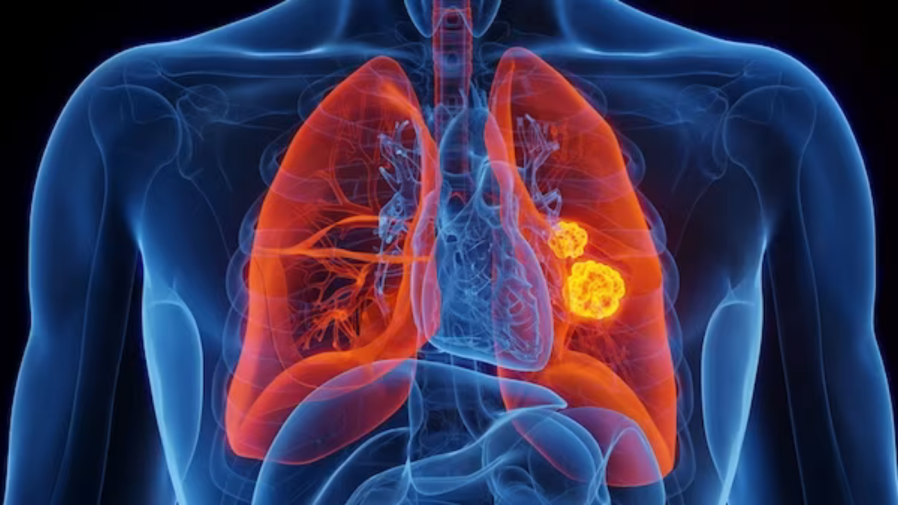Exposure to air pollution, other contaminants and traditional herbal medicines may be contributing to the development of lung cancer in people who have little or no history of smoking, a new study has found.
Contact with these substances can be linked to the same genetic mutations that are associated with smoking and that promote lung cancer development, according to the study, published on Wednesday in Nature.
“We’re seeing this problematic trend that never-smokers are increasingly getting lung cancer, but we haven’t understood why,” co-senior author Ludmil Alexandrov, a professor of bioengineering and cellular and molecular medicine at the University of California San Diego, said in a statement.
Even as tobacco use has plunged in many parts of the world, lung cancer in individuals who have never smoked is proportionally on the rise, the researchers noted.
Those effects, they noted, are particularly pronounced in women of Asian ancestry and are more prevalent in East Asia than in Western nations.
Although previous research has identified an epidemiological link between air pollution and link cancer in never-smokers, the current study authors went a step further in establishing a genomic reason behind this phenomenon.
To do so, they analyzed lung tumors from 871 never-smokers in 28 regions with varying levels of air pollution, across Africa, Asia, Europe and Norther America.
Utilizing whole-genome sequencing, the scientists identified specific patterns of DNA mutations — or “mutational signatures” — that serves as molecular fingerprints for past exposures responsible for changes in DNA.
After combining their genomic data with satellite and ground-level pollution measurements of fine particulate matter, they were able to estimate the long-term exposure levels of their participants.
The scientists found that never-smokers living in more polluted environments developed much more mutations in their lung tumors — especially the types of mutations that directly drive cancer development. These individuals also showed more mutational signatures linked to cancer, per the study.
This cohort of participants demonstrated a 3.9-fold surge in mutational signature that is typically linked to tobacco smoking.
Meanwhile, the scientists also determined that the more air pollution a person endured, the more tumors were found in their lungs. These tumors also had shorter telomeres —the protective caps on the ends of chromosomes — a warning sign of accelerated cellular aging.
Although the researchers identified this genetic link between air pollution exposures and lung cancer, they did not find a strong correlation when it came to secondhand smoke.
Exposure to secondhand smoke is a known cancer risk, but its mutational impacts were far less acute than those identified with air pollution — generating just a small rise in such changes, according to the study.
“If there is a mutagenic effect of secondhand smoke, it may be too weak for our current tools to detect,” co-first author Tongwu Zhang, a biostatistician at the National Institutes of Health’s National Cancer Institute, said in a statement.
In addition to focusing in on air pollution, the researchers also examined the effects of aristolochic acid, a carcinogen present in certain traditional Chinese herbal medicines. They flagged a specific mutational signature associated with the acid that was present almost exclusively in lung cancer cases of Taiwanese never-smokers.
While aristolochic acid and previously been linked to bladder, gastrointestinal, kidney and liver cancers from ingestion, the researchers said they suspect that the inhalation of the substance could be connected to the lung cancer cases — though they recognized a need for further research.
“This raises new concerns about how traditional remedies might unintentionally raise cancer risk,” co-senior author Maria Teresa Landi, an epidemiologist at the National Cancer Institute, said in a statement. “It also presents a public health opportunity for cancer prevention — particularly in Asia.”

